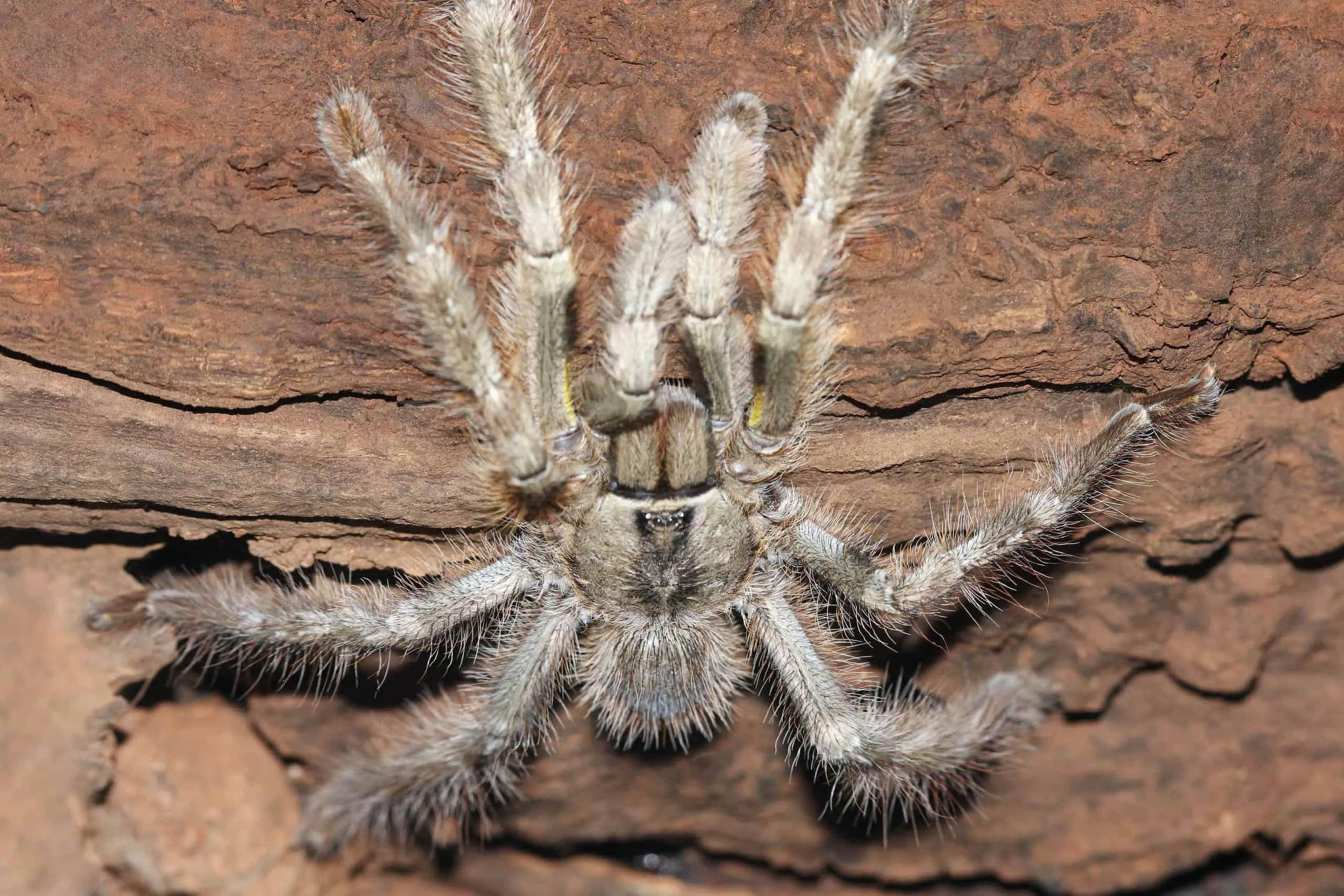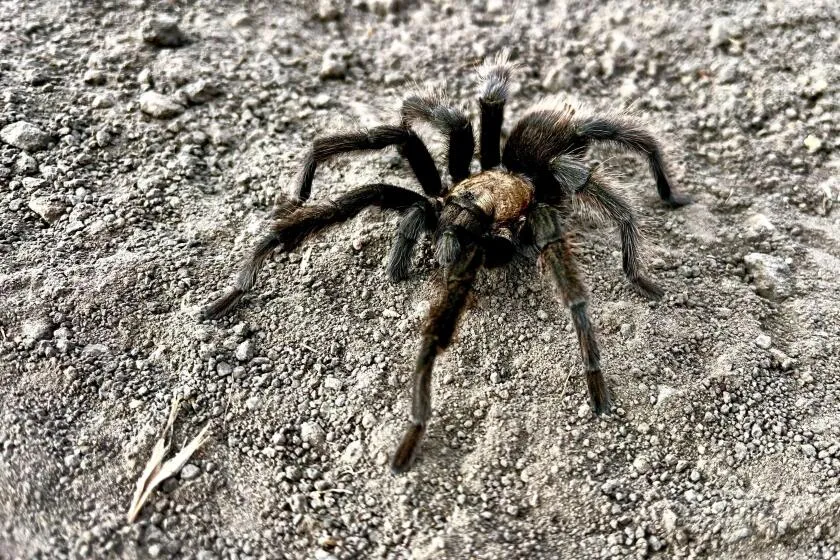What Influences Tarantula Lifespan
The tarantula, a captivating and often misunderstood creature, holds a unique place in the world of arachnids. One of the most common questions about these fascinating spiders revolves around their lifespan. The answer, however, isn’t a simple one. Several factors influence how long a tarantula lives, making the topic of their lifespan quite complex. Understanding these influences is crucial for anyone interested in owning or learning more about these eight-legged wonders. A tarantula’s lifespan can vary significantly depending on its species, gender, and the conditions in which it lives. Some species are known to live for several decades, while others have a much shorter life expectancy. In captivity, where conditions are generally controlled, tarantulas often live longer than their wild counterparts, as they are protected from predators and have access to a consistent food supply. Understanding these influences is essential to appreciate the tarantula’s lifecycle and how to care for one.
Gender Differences in Tarantula Lifespan
One of the most significant factors affecting a tarantula’s lifespan is its gender. Generally, female tarantulas live considerably longer than males. The average lifespan of a female tarantula can range from 10 to 30 years or more, depending on the species and living conditions. Males, on the other hand, typically have a much shorter lifespan, often only living for a few years after reaching maturity. This disparity is primarily due to the reproductive process. After reaching sexual maturity, male tarantulas dedicate their energy to finding a mate, which can be a dangerous and physically demanding endeavor. They often stop eating and travel long distances, exposing them to predators and other environmental hazards. Once they mate, their life expectancy decreases significantly. Females, however, invest their energy in egg production and, in many species, maternal care, which does not necessarily impact their overall lifespan, allowing them to live much longer lives. Therefore, when considering owning a tarantula, understanding this key difference is vital.
How to Care for a Tarantula to Maximize Lifespan

Providing proper care is paramount to ensuring your tarantula lives a long and healthy life. This includes maintaining the correct environment, providing a nutritious diet, and being vigilant about their health. A well-cared-for tarantula is more likely to thrive and live out its potential lifespan. Proper care starts with the enclosure. The enclosure should be appropriately sized for the tarantula’s species, providing enough space for movement and enrichment. It should also have secure ventilation to prevent mold growth and adequate substrate to allow the tarantula to burrow and behave naturally. Regular cleaning of the enclosure is also crucial, removing any uneaten food or waste to maintain a clean and hygienic environment. Monitoring the temperature and humidity within the enclosure is also important to mimic the tarantula’s natural habitat as closely as possible, which is essential for their health and longevity.
Diet and Nutrition for a Long-Lived Tarantula
A balanced diet is crucial for a long and healthy life for any tarantula. They are primarily insectivores, so a diet consisting mainly of insects is essential. The type of insects you feed your tarantula can impact its health and longevity. Crickets, roaches, mealworms, and other readily available insects can be used, with variety being the spice of life, even for spiders. It’s crucial to feed your tarantula appropriately sized insects, avoiding anything too large, which can pose a risk. The frequency of feeding should be adjusted based on the tarantula’s age and species, but typically, adult tarantulas only need to be fed a few times a week. Ensuring the insects are gut-loaded before being fed to your tarantula is also a good practice. Gut-loading involves feeding the insects a nutritious diet a day or two before offering them to your tarantula. This ensures the tarantula receives a wider range of essential nutrients. A well-nourished tarantula is more likely to shed its skin successfully, grow properly, and be more resistant to diseases.
Environmental Factors Affecting Tarantula Longevity
The environment in which a tarantula lives plays a crucial role in its lifespan. This includes factors like humidity, temperature, substrate, and the overall cleanliness of the enclosure. A properly maintained environment can help the tarantula thrive and avoid health problems. Consistent environmental conditions are essential for the tarantula’s health and overall longevity. Rapid fluctuations in temperature or humidity can stress the tarantula, potentially shortening its lifespan. Maintaining a stable environment that mimics the tarantula’s natural habitat is the key to their long-term well-being. The ideal environment will depend on the tarantula’s species, so research the specific needs of your tarantula to provide the best possible care.
Humidity and Temperature

Humidity and temperature are two critical environmental factors that significantly impact a tarantula’s lifespan. Many tarantula species are native to warm, humid environments, and these conditions are essential for their health. Maintaining the correct humidity levels helps the tarantula shed its skin properly during molting, while the appropriate temperature ensures that its metabolism functions correctly. Low humidity can lead to difficulties in molting, dehydration, and health problems. High humidity, on the other hand, can promote the growth of mold and bacteria, which can be dangerous. A hygrometer is a useful tool for monitoring humidity levels, and a thermometer helps keep track of the temperature. Misting the enclosure or providing a water dish can help maintain adequate humidity levels. Heating pads or lamps can provide a consistent temperature, but it is essential to avoid overheating the enclosure.
Substrate and Enclosure
The substrate and enclosure also play a vital role in the tarantula’s lifespan. The enclosure should be appropriately sized for the tarantula’s species, providing ample space for movement and burrowing. The substrate, or bedding, should be chosen carefully, as it helps maintain humidity, provides a surface for the tarantula to move on, and allows it to burrow. Common substrate options include coconut fiber, peat moss, and vermiculite. The choice of substrate depends on the species and its specific needs. The enclosure itself should be well-ventilated and cleaned regularly to prevent the buildup of waste and mold, which can be detrimental to the tarantula’s health. A clean and properly maintained enclosure ensures a comfortable and healthy environment that contributes to a longer lifespan for your pet tarantula. The type of enclosure, whether glass, plastic, or acrylic, is important for providing a safe environment. The enclosure should have a secure lid to prevent escape.
Health and Common Diseases of Tarantulas
While tarantulas are relatively hardy creatures, they are still susceptible to certain health problems that can affect their lifespan. Recognizing the signs of illness and taking prompt action is crucial for their well-being. Proper care, including a nutritious diet and a clean environment, helps minimize the risk of disease. Some common health issues in tarantulas include fungal infections, mites, and parasites. Fungal infections can occur if the enclosure is too humid or if the tarantula’s skin is damaged during molting. Mites can infest the tarantula, causing irritation and potentially leading to health problems. Parasites can also affect tarantulas, weakening their immune system and making them susceptible to other diseases. Regular observation of your tarantula for any unusual behavior or physical changes is essential. Consulting a veterinarian specializing in exotic animals can provide professional guidance on diagnosing and treating any health issues, ultimately contributing to a longer and healthier life for your tarantula.
In conclusion, the lifespan of a tarantula is a fascinating topic, influenced by a variety of factors. From gender differences to environmental conditions and dietary considerations, many elements affect how long these creatures live. Understanding and providing optimal care can significantly extend a tarantula’s lifespan, allowing you to enjoy these amazing arachnids for many years. By providing the right environment, a balanced diet, and attentive care, you can ensure your tarantula lives a long and healthy life. Embrace the opportunity to learn more about these creatures and enjoy the unique experience of owning a tarantula.
